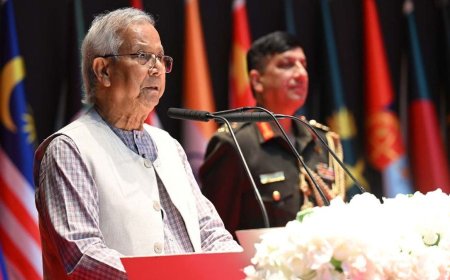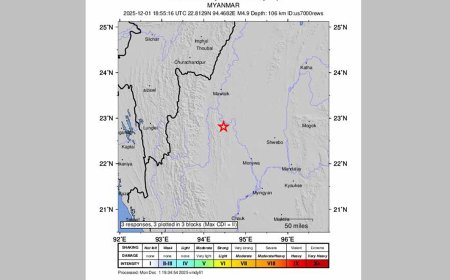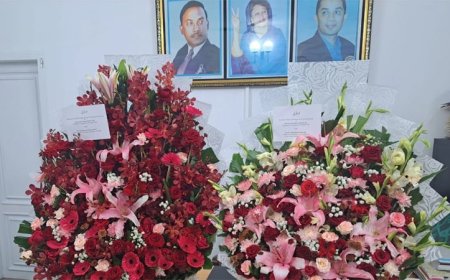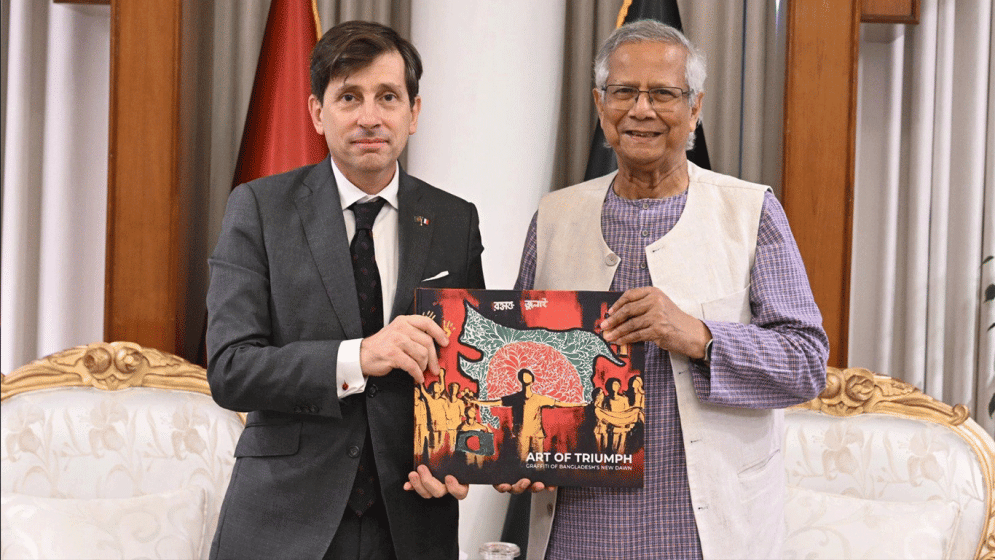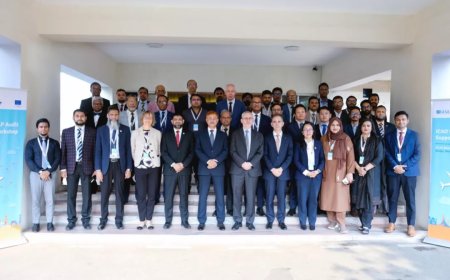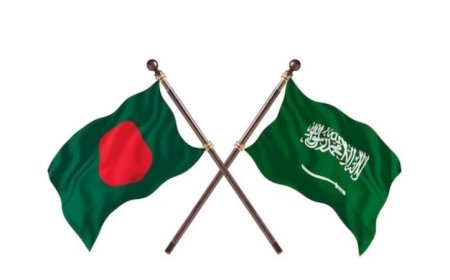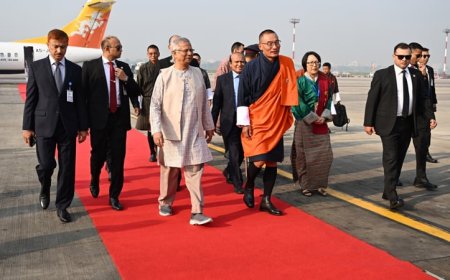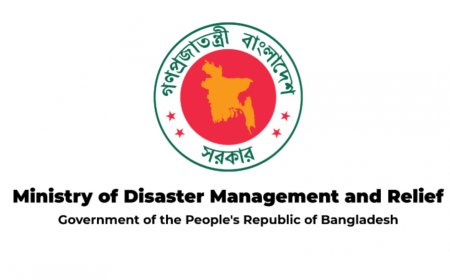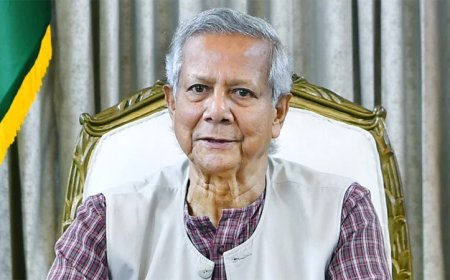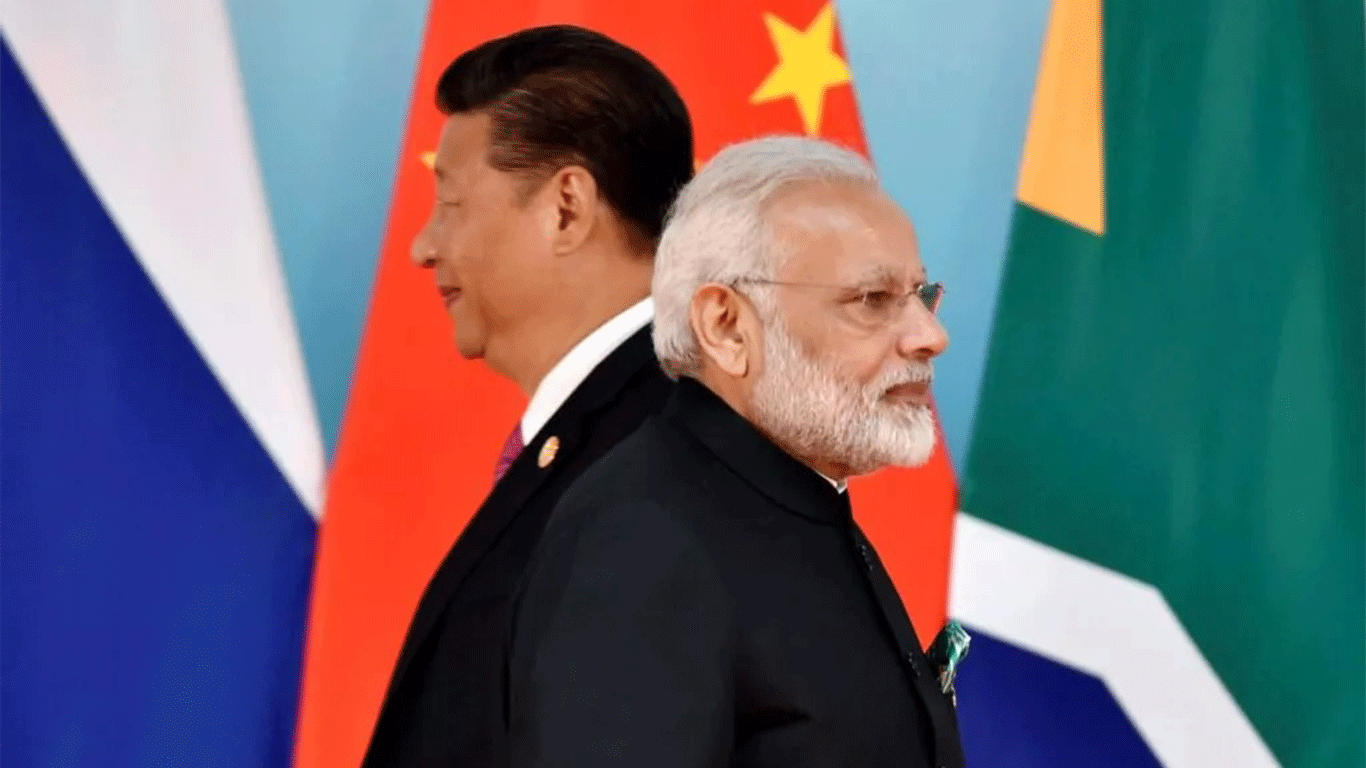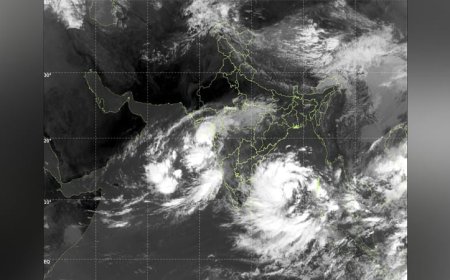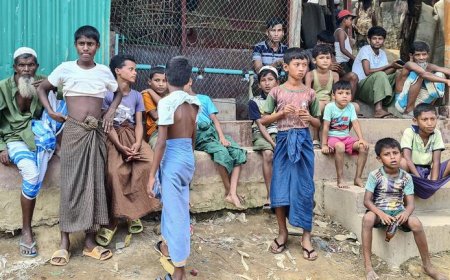Bangladesh and India's Shared Geographical Indications: The Conflict and Future Prospects
Bangladesh and India's Shared Geographical Indications: The Conflict and Future Prospects
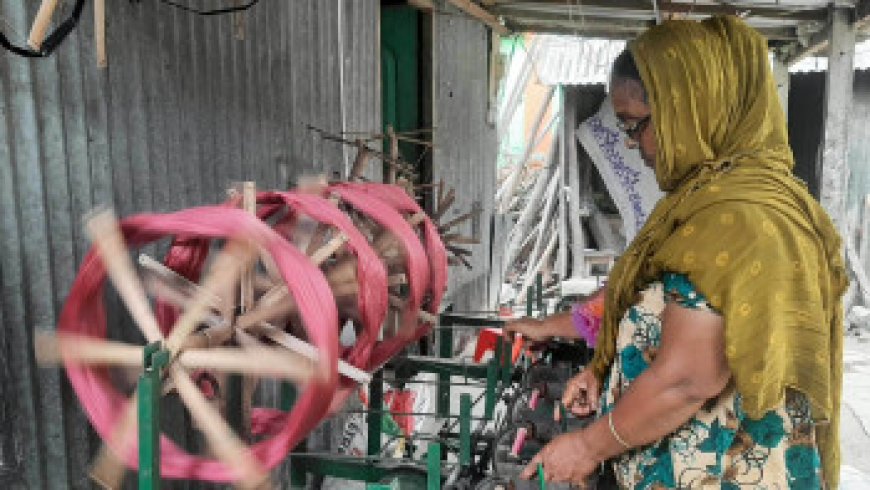
In recent times, the discussion around shared Geographical Indications (GI) between India and Bangladesh has gained significant traction in public forums. A comparative analysis of GI journals published by Bangladesh's Department of Patents, Designs and Trademarks and India's Ministry of Commerce and Industry reveals that at least eight products are recognized as GIs in both nations, highlighting their historical and cultural connections. For instance, Bangladesh's Nakshi Kantha from Jamalpur corresponds to India's Nakshi Kantha from West Bengal, while the Khirsapat Mango from Chapainawabganj is analogous to India’s Malda Khirsapati (Himsagar) Mango. Additionally, the Fazli Mango from Rajshahi-Chapainawabganj is registered as Malda Fazli Mango in India, and the famed Dhakai Muslin of Bangladesh is acknowledged as Bengal Muslin in West Bengal. The Jamdani saree, a prominent traditional craft, is also registered in both Dhaka, Bangladesh, and West Bengal, with further Indian registrations for Uppada and Fulia Jamdani sarees. Moreover, Gopalganj's Rasogolla has its Indian counterpart in Banglar Rasogolla, while the Tangail saree of Bangladesh is recognized as Tangail saree of Bengal in West Bengal. This overlapping registration trend emphasizes the urgent need for robust legal protections to prevent disputes, especially as both nations aim to harness the economic and cultural significance of these products. Products registered as GIs in both India and Bangladesh due to overlapping geographical areas or historical ties are classified as trans-border GIs. Such GIs originate from geographical areas that span the territories of two neighboring countries. While trans-border GI conflicts are not extremely common, they can occur internationally, particularly when producers from different countries seek GI protection for similar items.
The reputation and consumer trust associated with GI status motivate countries to register as many GIs as possible for their traditional products, even if the exact geographical connections are somewhat ambiguous. This push for protection aligns with national interests, as consumers associate GIs with specific qualities and origins, distinguishing them from similar items. GIs foster collective branding for products with shared geographical characteristics, enhancing market presence. They also prevent unauthorized use of these indications, ensuring that only qualified producers benefit from their reputation. Furthermore, GIs can lead to competitive advantages, premium pricing for higher-value products, increased export opportunities, and a stronger brand image. The significance of these products extends beyond mere economics; they often embody the heritage, traditions, and culture of their regions of origin.
However, when multiple countries register a GI separately under national jurisdictions or the "Sui Generis System" of the World Intellectual Property Organization (WIPO)—which provides protection at a national level only—the GI product may become semi-generic. In such cases, the name becomes a mere description or class of product that can be produced in various countries, potentially undermining the ability to command premium export prices as neither nation can assert exclusivity over the product (as exemplified by Basmati rice). This situation could also lead to challenges in protecting against imitation. Moreover, concerns linger about potential legal disputes if either country tries to hinder the other from accessing international markets.
To illustrate the seriousness of the issue concerning shared resources and their GI registrations between India and Bangladesh, we will analyze two case studies briefly:
Tangail Saree Now an Indian GI
The Tangail saree has been a traditional cottage industry in Bangladesh since the British colonial period, characterized by intricate handwork. During this era, the zamindars of Tangail supported Dhaka Jamdani weavers, leading to the development of unique motifs that define the Tangail saree today. On January 4, 2024, the Tangail saree was officially registered as a GI of India under the designation "Tangail saree of Bengal." This action sparked public outrage in Bangladesh, particularly among the weavers and local communities of Tangail.
Bangladeshi Tangail sarees have a substantial global market, reaching consumers in Europe, North America, the Middle East, Japan, and several states in India, with exports of around 50,000 sarees to India each week. By securing a GI for the Tangail saree, India appears to be taking advantage of the situation, potentially creating unfair competition for Bangladeshi producers. Although Bangladesh completed its own GI registration for the Tangail saree on April 25, 2024, this will not prevent India from using the GI designation and profiting from it, as India can now leverage the heritage brand of the Bangladeshi Tangail saree developed over 250 years.
India's claim to the GI rests on the assertion that the "Basak" family, notable weavers of Tangail sarees, migrated to West Bengal after the 1947 partition and again following Bangladesh's Liberation War in 1971. They assert that this type of saree represents a hybrid of Shantipur design and Dhaka-Tangail styles. However, the documentary evidence presented in India's GI Journal does not mention "Tangail saree of West Bengal" but rather identifies Tangail in Bangladesh as the origin of the saree. Thus, the rationale behind India's GI registration lacks solid grounding.
According to WIPO, GIs must be tied to products originating from a specific territory. Bangladesh has a strong case to contest India's GI registration for the "Tangail saree," as it is explicitly linked to a geographic location in Bangladesh.
In response, Bangladesh has decided to legally challenge India's registration of "Tangail saree of Bengal." A preliminary draft for the legal challenge has been prepared, and the legal team is actively gathering additional evidence to bolster their case.
Sundarban Honey GI Dilemma
As the controversy surrounding the Tangail saree GI settled, a new concern arose regarding Sundarban honey, which was presented as an Indian GI product at the Diplomatic Conference on Genetic Resources and Associated Traditional Knowledge held by WIPO in Geneva from May 13-17, 2024.
India's exclusive representation of this product raised eyebrows, given that the majority of the Sundarban region lies within Bangladesh, which is the principal producer of Sundarban honey. Although official government statistics are scarce, media reports suggest that Bangladesh extracts approximately 200-300 tonnes of Sundarban honey annually, whereas India's production stands at about 111 tonnes, as noted in its GI application.
Interestingly, the Bagerhat district administration in Bangladesh submitted an application for the GI designation of Sundarban honey on August 7, 2017. However, there has been no progress on this front for seven years, highlighting a concerning example of administrative negligence. Efforts to secure GI status for Sundarbans' honey only gained momentum after the issue was brought to light during a media briefing at the Centre for Policy Dialogue (CPD). Ultimately, the GI registration for Sundarban honey was completed in Bangladesh in July 2024.
In contrast, the West Bengal Forest Development Corporation Limited in India filed for GI rights for Sundarban honey on July 12, 2021, receiving the GI tag on January 2, 2024. Consequently, India once again outpaced Bangladesh in registering GIs for shared resources, gaining global recognition for the genetic uniqueness and traditional harvesting methods associated with Sundarban honey, while Bangladesh's contributions remain largely unacknowledged.
Path Forward
Given the ongoing disputes regarding GIs between Bangladesh and India, concerns persist about the fair recognition of trans-border GIs originating from Bangladesh. These incidents are unlikely to be isolated cases. In the absence of a solid legal framework, tensions regarding trans-border GI protection are likely to escalate. Given the geographical proximity and shared natural resources, Bangladesh should devise a mechanism to systematically protect its GIs and pursue a reliable legal resolution for addressing conflicts related to shared geographical resources. To that end, we propose the following recommendations:
-
Assessment of Bangladeshi GIs: A thorough evaluation of the list of Bangladeshi GIs is essential to identify which have export potential, especially in Lisbon contracting states. Transforming these into global products is crucial for maximizing benefits.
-
Securing GIs for Products: All products with geographical reputation and export potential must be registered for GI protection. For any country to protect its origin-based traditional products, registration in the country of origin is a prerequisite.
-
International Protection Registration: To seek international protection, GIs should be registered separately in each jurisdiction where protection is desired, often through bilateral agreements. The Lisbon Agreement for the Protection of Appellations of Origin and their International Registration (1958) may also be applicable. The revised Geneva Act of the Lisbon Agreement, adopted on May 20, 2015, while still having a limited number of signatories (44 countries), could be a pivotal step towards extending supranational protection of GIs alongside Appellations of Origin (AOs).
-
Collective Marks Registration: Consideration should be given to registering collective marks for the country’s GIs. Collective marks indicate the origin of products within an association and can coexist without confusing consumers about the trademark's origin. Regional collective marks, like GIs, not only signify product origin but also serve as brands. Protecting GI products as "collective marks" within the trademark system can facilitate international trademark registrations via the Madrid System administered by WIPO, allowing for protection in up to 131 countries with a single application and fee. However, it's crucial to ensure these marks are actively used post-registration to avoid revocation.
-
Monitoring GI Registrations: Continuous monitoring of GI Journals from other countries, particularly those sharing borders with Bangladesh, is vital to prevent unauthorized registrations of GIs for Bangladeshi products.
-
Bilateral Consultations and Legal Recourse: In the event of any GI conflicts with another country, pursuing bilateral consultations and legal recourse is advisable.
-
WTO Compliance: Aligning with Articles 22-24, Part II, Section 3, of the Trade-Related Aspects of Intellectual Property Rights
What's Your Reaction?








